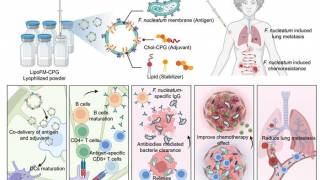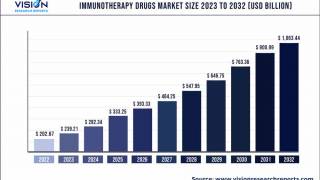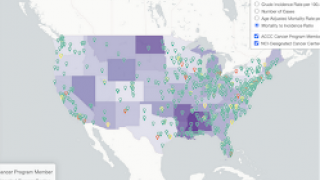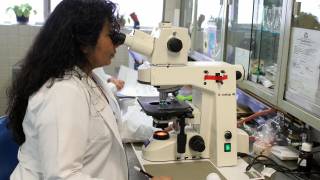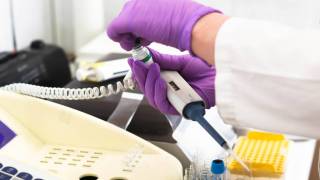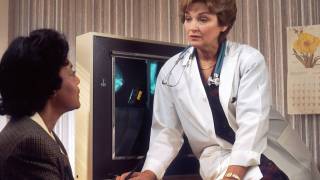Can Pharmacists Improve Texas’ HPV Vaccine Rate Deficiency?

Health leaders across the state of Texas are seeking immediate solutions to increase its abysmal human papillomavirus (HPV) immunization ranking.
According to a University of Texas System Office of Health Affairs 2017 report, Texas ranked 46th in the USA for HPV immunizations.
Moreover, HPV cancers cost the state of Texas in both direct ($77.7m) and indirect costs ($196.6m) in 2013, according to Texas State Health and Human Services.
To take immediate action, Texas has joined the American Cancer Society (ACS) to launch a public awareness campaign focused on eliminating vaccine-preventable HPV cancers.
This ACS campaign will engage a national coalition of healthcare providers, federal and state government, and other public and private entities to increase the availability and utilization of the HPV vaccine.
The strategic goal of this ACS campaign is for 80 percent of 13-year-old boys and girls in the U.S. to be fully vaccinated against HPV by 2026.
To increase awareness for the ACS campaign, Texas physicians are encouraged to recommend that patients receive the HPV vaccination on the same day as other vaccines, said the Texas Medical Association.
This recommendation is supported by a recent American Academy of Pediatrics study that found when providers engage hesitant parents and immediately address their concerns same-day HPV vaccination increase.
"I think physicians need to understand their leadership role, both in the community and with their patients, to recommend the vaccine," said David Lakey, MD, vice chancellor for health affairs and chief medical officer for The University of Texas System, in a press release.
But, to realize immediate, significant HPV vaccination increases, should pharmacists become an integral partner in the ACS campaign?
The answer to this question can be easily defined by 5 categories:
- Low-cost vaccine provider: Studies have shown that pharmacies tend to be lower-cost providers of vaccinations. In a 2014 observational study, the analysis found the average vaccination costs in pharmacies were 10 percent less than the average vaccination costs in either physicians’ offices or other medical settings.
- Trust: According to a Gallup survey, pharmacists continue to rank near the top for Honesty and Ethics, and have the opportunity to influence patient actions. And, 25% of respondents to a CVS survey have either made or changed a healthcare decision based on a conversation with a pharmacist.
- Convenience: Research has found that 90 percent of Americans live within 5 miles of a pharmacy and visit over 10 times annually.
- Availability: Research estimated 56,000 pharmacies in the United States have the potential to dramatically increase adult vaccination rates, with over 250,000 pharmacists certified to deliver vaccines.
- Performance: Researchers estimate that 6.2 million additional influenza immunizations and 3.5 million pneumococcal immunizations are given each year because they are offered at pharmacies.
In summary, research says enhancing the ability of pharmacists to provide patients with vaccination services can meaningfully reduce the current access, cost, and trust barriers.
Additionally, patients could save time, money and live healthier lives if state and federal laws were reformed to empower pharmacists to administer all vaccines.
“Our nation’s vaccine rates are unacceptably low."
"Making vaccines more accessible will help reverse this trend,” said Dr. Wayne Winegarden in a press release.
Our Trust Standards: Medical Advisory Committee
- Get Texas Out of the HPV Vaccine Cellar
- American Cancer Society Launches Campaign to Eliminate Cervical Cancer
- The Impact of Pharmacy-Based Immunization Services on the Likelihood of Immunization in the USA
- Six Things YOU Need to Know about Vaccines
- Costs of Adult Vaccination in Medical Settings and Pharmacies: An Observational Study
- Impact of Pharmacist Immunization Authority on Seasonal Influenza Immunization Rates Across States
- Community pharmacy customer segmentation based on factors influencing their selection of pharmacy and over-the-counter medicines




